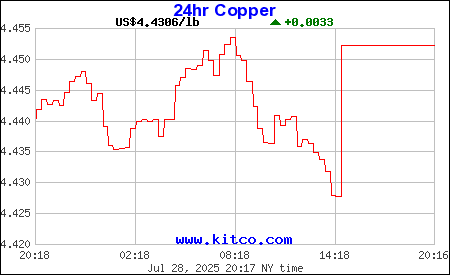FAQ
Frequently Asked Questions
01. How do I know what alloy to use?
The brazing alloy, or what is commonly called filler metal, must be metallurgically compatible with the metal you are brazing, commonly called the base metal. Also, when brazing two dissimilar metals, it is a wise choice to use a filler metal that will prevent interface corrosion. You should pick an alloy with the lowest melting temperature in order to prevent heat distortion of your part. However, several lower temperature melting alloys contain cadmium, which is deemed hazardous. There are various silver bearing alloys, with and without cadmium, used as filler metals along with nickel and copper-based alloys which are used in brazing. When furnace brazing using a vacuum, it is important to use an alloy without any high vapor pressure metals, such as cadmium or zinc. All alloys are used for specific applications, and our Technical Dept. can help you with the right choice.
02. Can you offer alloy compositions suited for specific project requirements?
Absolutely! We offer a wide range of in-stock materials suitable across many applications. If we do not have a specific material in-stock, we will gladly source it.
03. How do I know what flux to use?
The main purpose of flux is to keep the base metal from oxidizing during brazing, thereby promoting capillary action for the filler metal. The flux must be fluid when the alloy begins to melt and continue to remain fluid until the brazing process is completed. Different brazing alloys have different melt and flow temperatures, therefore different fluxes are required. Temperature and brazing time must be considered in choosing flux. Also, black, boron-modified fluxes are most commonly used in carbide brazing and areas where excessive oxides form during the brazing process. We can recommend a wide variety of fluxes for all temperature ranges and applications.
04. How much flux should I put on the joint?
Enough flux should be applied to the joint so it will not burn off during brazing. Application of too much flux will cause pinholes and not allow the alloy to flow properly.
05. How should the joint fit together?
In silver brazing, a tolerance of .001 to .004 is recommended. For copper brazing a tight fit is best.
06. Why am I not getting a good braze?
- Unclean parts
- Improper joint fit
- Improper choice of brazing filler metal
- Improper choice of brazing flux
- Improper heat method (too hot, not hot enough, too slow, etc.)
- Incorrect volume of braze alloy
07. How are silver alloys priced?
All precious metals are priced to the market of the day. You can check the charts below to track silver and copper prices. Your order will be billed on the market the day of shipment.
Price of silver per ounce

Price of Copper per pound

08. How does North American Alloy ensure consistent quality in its products?
Our quality control process is thorough and includes the following:
- Incoming raw material inspection
- In-process monitoring
- Final product testing
- All material conforms to mill specification AWS A5.8, or other industry standards
09. Do you offer international shipping for alloys?
Yes, we handle global deliveries with comprehensive logistical support to ensure your order arrives on time and in perfect condition, regardless of the destination.
10. What is the typical lead time for a custom order?
Lead times vary:
- Standard orders with material in stock: 1-2 weeks
- Custom orders material not in stock: 5-8 weeks
- Rush orders are available upon request (will include a 5% upcharge)
11. Who typically uses your brazing and soldering products?
Our client’s range across various sectors:
- Aerospace
- HVAC/R
- Hydraulic Fluid applications
- Carbide Tipped Cutting Tool manufacturers
- Automotive
- Electronics
- Jewelry making
- Medical devices
12. How do you support small-scale projects or startups?
We believe every client deserves the best. We provide the following services for small-scale projects or startups:
- Flexible order quantities
- Custom design
- Consultation and technical support
13. What certifications do your products have?
Our products are certified to meet mill specification AWS A5.8, or other industry standards.
14. How can clients get a quote for a large order?
Please contact us directly for large orders or fill out the quote request form on our website. We offer competitive pricing and favorable price breaks as order quantities increase.
15. How do you handle urgent or last-minute orders?
We have streamlined processes to accommodate urgent orders without compromising on quality. Contact us directly for immediate assistance. Additional charges may apply.
16. Can North American Alloy assist with project design from conception to completion?
Our team offers comprehensive support.
- Print consultation (we will help analyze your print and provide insight on a proper solution)
- Proper material selection
- Sourcing of assembly components if necessary
17. What kind of support can I expect after purchasing from North American Alloy?
Post-purchase support includes:
- Technical assistance
- Troubleshooting
18. How does North American Alloy stay ahead in the industry?
We continuously look to improve our internal processes which allows us to produce quality products using both proprietary and traditional methods.
